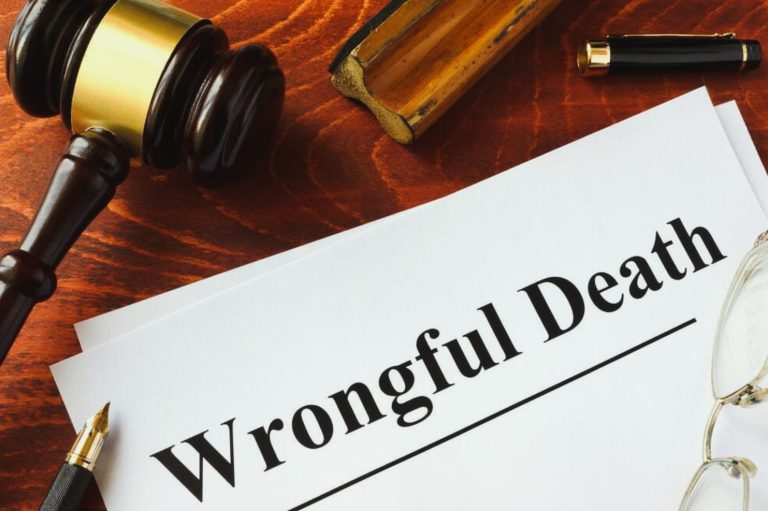

If you enter the personal injury niche, you might soon encounter the term “negligence.” Most people know it already, but it means something specific in legal cases. You should also know, though, that there’s something called negligence per se. It’s a bit different, and the law feels there’s a distinction between the two during personal injury lawsuits.
You should try to understand the impact of negligence per se on damages and conventional negligence as well. If you have a court date where you’re either the defendant or plaintiff in a personal injury lawsuit, you must comprehend both concepts clearly before the big day arrives.
What Does Negligence Mean in a Courtroom?
If you sue someone because they harmed you, that’s a civil action. It’s also a personal injury suit, one of the more common ones that often find their way into courtrooms nationwide every day.
You might sue either a person or a business entity. You might also sue multiple parties if you allege they share responsibility for your injury or illness. You can even file a wrongful death lawsuit against a person or company. In that instance, you’re bringing a personal injury claim on behalf of the deceased.
You can feel free to bring a personal injury lawsuit against virtually any person or business entity, provided you have proof that they injured you or made you ill. Your lawyer might argue this person or entity’s negligence in such an instance.
Negligence means someone acted or failed to act in a particular way. For the sake of these legal cases, the jury should understand there’s a reasonable way a person or company should act, all things being equal. If an individual or company didn’t act in that way, your lawyer can argue that their action, or inaction, falls under the category of negligence.
If you can establish that a person or entity acted negligently and hurt you or made you ill as a result, you can probably win your lawsuit against them. The more evidence you have that backs up your assertion, the more likely you’ll walk away with some money.
What About Negligence Per Se?
If your lawyer argues negligence per se, that’s a little different. Basically, in such an instance, they would allege that a person or entity conducted themselves in a way where they violated a regulation or statute directly pertaining to what caused you harm.
Negligence per se literally means negligence in itself. You can regard personal injury cases as tort cases. In such instances, you’ll have a defendant who allegedly violated a regulation or statute without a valid excuse for doing so. The law automatically considers them to be in breach of a duty of care.
Because of this, it would be correct to say that if someone violates a law or statute that exists solely to protect the public, then your counsel can allege negligence per se. There’s probably no way the defendant’s lawyer can argue against it.
An Example of Negligence Per Se
This might still seem a little confusing. It is a slippery legal concept, but if you look at a particular personal injury case involving this idea, you should soon understand it better.
For example, let us say that someone drove drunk. They ingested alcohol that put them over the legal limit before they ever got in the car.
They plowed into your vehicle in their drunken condition and injured you. When the police arrived, the guilty party failed a breathalyzer test. This established their intoxication conclusively at the scene.
That’s a perfect negligence per se example. A law existed that explicitly stated no driver should ingest alcohol beyond a legal threshold and drive.
The person who hit your car did exactly that, though. Unless their lawyer tries to argue that the police administered a breathalyzer test using faulty equipment or something equally farfetched, there is little the guilty party might do to defend themselves.
You can usually use a term like open-and-shut case to describe negligence per se cases. There’s generally not much dispute about the defendant’s guilt. You must simply provide ample evidence that proves your assertion of what happened, and you should get either a settlement offer or a judgment in your favor if the case continues to a jury’s decision.
For the record, that doesn’t usually happen too often. It’s far more likely the counsel for the defendant will tell them they should try to settle if the evidence that comes to light during the pre-trial stage shows negligence per se. A stubborn defendant can still try to win their case, but if the evidence points to negligence per se, the odds they will win dramatically shrink.
How the Judge Fits into the Picture
You should know one additional thing about negligence per se if you have a personal injury lawsuit coming up. In most jurisdictions, the judge must rule that the violation of a statute equals negligence per se based on certain specific criteria. Let’s say that the legislature in that state absolutely forbids certain acts. We can use driving drunk as an example again.
Because driving drunk carries the tag of illegality already, there’s a standard of care that the guilty party violates simply by doing it. Most judges will recognize that and accept that the defendant’s actions equal negligence per se. They will also tell the jury that. The jury will then take this under advisement when they make their decision, assuming it comes to that.
In a nutshell, you’re far more likely to win a personal injury suit as a plaintiff if you and your lawyer can establish negligence per se. It makes it far more likely that the jury will side in your favor.
If you can’t prove negligence per se, you can still potentially argue negligence by the defendant. Their legal counsel might have more in their bag of tricks to potentially get their client off the hook, though.


